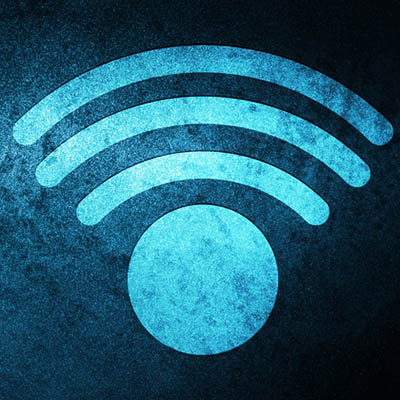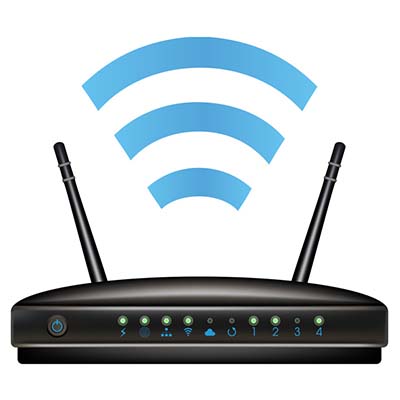
There are plenty of small irritations to be found in the office, from a pot of coffee that someone neglected to refill to the sound of a squeaky chair under the office fidgetier. However, none are quite as infuriating (or as detrimental to productivity) as an inconsistent Wi-Fi signal. What makes the Wi-Fi so spotty, and how do you resolve that?
What Do You Expect from Your Wi-Fi?
Many businesses have a tendency to either deal with their Wi-Fi as-is or will haphazardly add new networking components to their infrastructure as needed. Neither of these approaches is ideal, especially in light of the fact that you’ll need your Internet connections to be reliable as you grow your network.
A much better alternative is to design your Wi-Fi network keeping a few additional factors in mind, including your office’s particular setup and any future growth plans you may have. This way, you will not only create a network that works for your current needs but is also flexible enough to shift and adapt as your business does. Whether you’re first designing your office’s floor plan or taking another look at its setup, the key is to go about it from a strategy-first perspective.
The Process
Your first order of business is to determine where the demand for a signal will be the greatest. After all, if you have a group of employees reliant on their wireless connectivity huddled together in one area of the office, you aren’t going to want to place your equipment in a way that creates a dead zone there. This will help you to identify obstacles and inform you of where you may want to consider placing additional routers to make up for their effects.
Once your Wi-Fi has been set up and your employees are settled, you should still be collecting performance data and listening to the input that employees have about their connections. Remember, wireless is still an evolving technology, so as it develops it is likely that you will need to adjust your strategy to accommodate it.
Long story short, you’ll probably need to make this an ongoing process to ensure that your Internet is as usable as possible for everyone in the office.
The professionals at COMPANYNAME are also here to assist you with any of your technology needs. If you need help with your business’ IT solutions, give us a call at PHONENUMBER.


